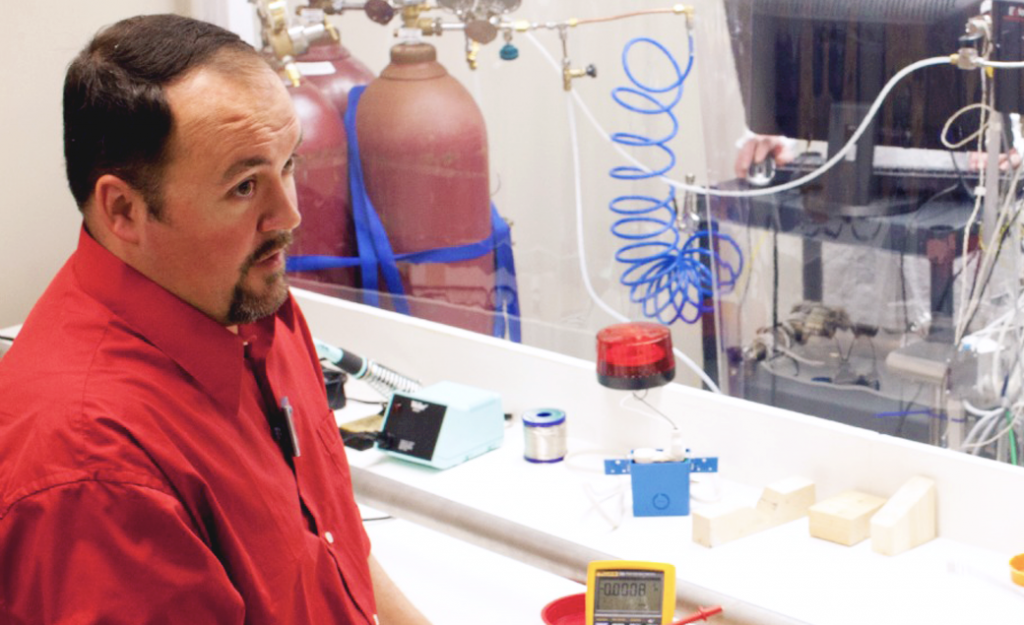
It happened one night in the Research Park.
Brian Jurczyk, co-founder and CEO of Starfire Industries, was discussing the problem of fertilizer runoff with a representative from another company located in the Research Park, and an idea was born that may address a worldwide agricultural and environmental issue.
Jurczyk developed a plan to use Starfire technology to scan a farm field and map out local nutrient concentrations and soil properties. The farmer can use the map to see where fertilizer needs to be applied, avoiding excess.
“It saves them money – they don’t waste, and it helps the environment while yielding more crop/acre. It’s a win-win scenario,” he says.
Jurczyk submitted a proposal to the National Science Foundation, which funded further research and development work with a Stage 1 SBIR (Small Business Innovation Research Program) award for precision agriculture. The idea has attracted interest from other companies in the Research Park, a local agricultural farming cooperative, and the University of Illinois. Future opportunities for collaborations are a possibility, depending on the outcome.
Solving novel problems, leveraging government research and development awards, and attracting corporate partnerships is the formula for Starfire’s success. Started in a garage, Starfire moved into EnterpriseWorks and later graduated into its own space within the Research Park. As of 2011, it expanded to 17 full-time staff.
“A lot of our employees come to Starfire specifically because they want to be challenged. They are empowered and participate in the entire product development process,” says Jurczyk, a University of Illinois alumnus four-times over (undergraduate, master’s, doctorate, and MBA). “What’s fun about working here is that we get exposure to a lot of new things – creative people don’t want to be bored.”
Starfire employs industrial plasma engineering technology to do nuclear fusion without producing any radioactive materials. It is bringing a product to market that makes neutrons that are usable for industrial analysis.
The company has used SBIR grants as its foundational funding, and it has been able to leverage those grants by attracting corporate partners to provide matching funding. The SBIR grants, on their own, often aren’t enough to “go the full distance to prototype or to demonstrate that product fully,” Jurczyk says.
The corporate partners typically are interested in the same technology and have a need for the product or process but don’t want to take all the risk in funding it. As a result, the company has licensing agreements with a Fortune 50 and a NASDAQ-traded firm and is working on more.
“It’s all about finding and cultivating a champion within that organization that will go to the bat for you and be so fluent in your technology that it’s almost like they’re a member of your team,” Jurczyk said.
Learn more about StarFire Industries on our tenant directory here.
